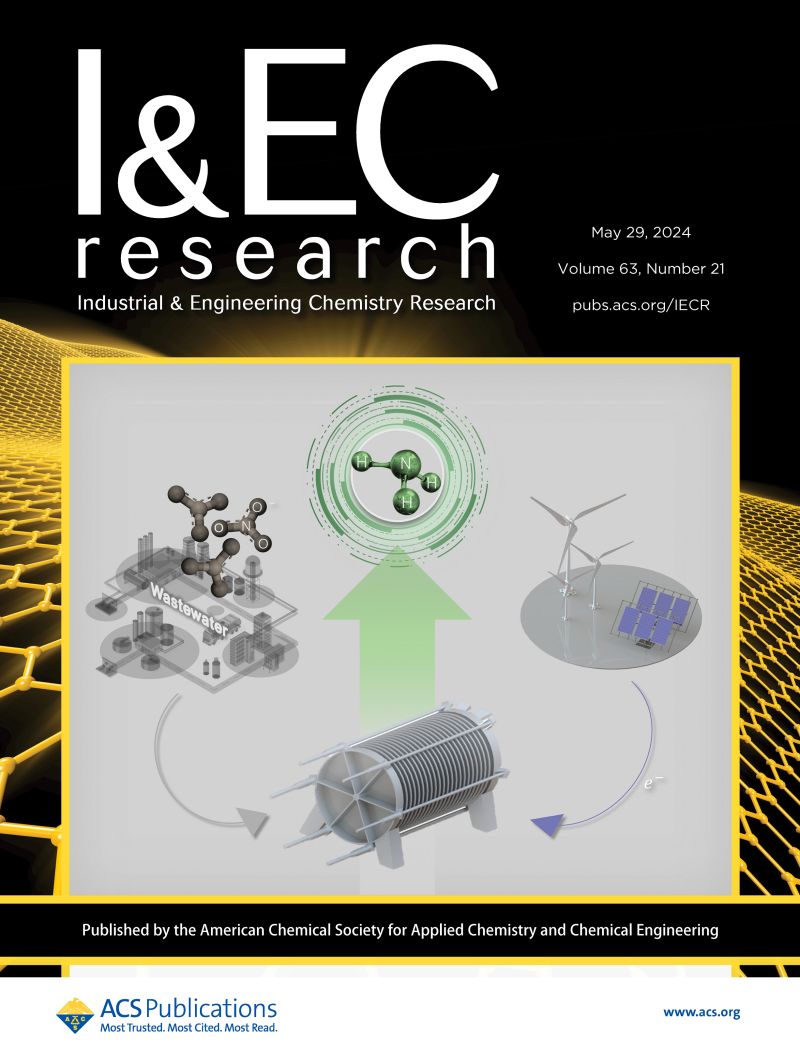A Low-Cost Method for Characterizing the Inception and Extent of Cavitation in High-Pressure Homogenizers
IF 3.8
3区 工程技术
Q2 ENGINEERING, CHEMICAL
引用次数: 0
Abstract
High-pressure homogenizers are prone to cavitation, which causes wear and influences breakup efficiency. However, the inception point, as well as the extent and intensity, depends on geometry, operation, and fluid properties. While several methods have been previously suggested to characterize cavitation in homogenizer valves (including ultrasonic methods), they have required highly specialized, sensitive, and costly equipment. Consequently, these methods have not been widely adopted. This contribution demonstrates how a low-cost (∼$100) handy recorder, combined with simple audio processing (software provided), can be used to rapidly measure cavitation inception and extent in a high-pressure homogenizer. For the laboratory-scale homogenizer used to exemplify the method, cavitation inception occurs at a cavitation number of 0.15. From an applied perspective, this approach shows how the operator can easily choose between running the homogenizer with or without cavitation by adjusting the backpressure (i.e., having no backpressure results in cavitation regardless of homogenizing pressure, while a 5 MPa backpressure suppresses cavitation regardless of homogenizing pressure).

求助全文
约1分钟内获得全文
求助全文
来源期刊

Industrial & Engineering Chemistry Research
工程技术-工程:化工
CiteScore
7.40
自引率
7.10%
发文量
1467
审稿时长
2.8 months
期刊介绍:
ndustrial & Engineering Chemistry, with variations in title and format, has been published since 1909 by the American Chemical Society. Industrial & Engineering Chemistry Research is a weekly publication that reports industrial and academic research in the broad fields of applied chemistry and chemical engineering with special focus on fundamentals, processes, and products.
 求助内容:
求助内容: 应助结果提醒方式:
应助结果提醒方式:


